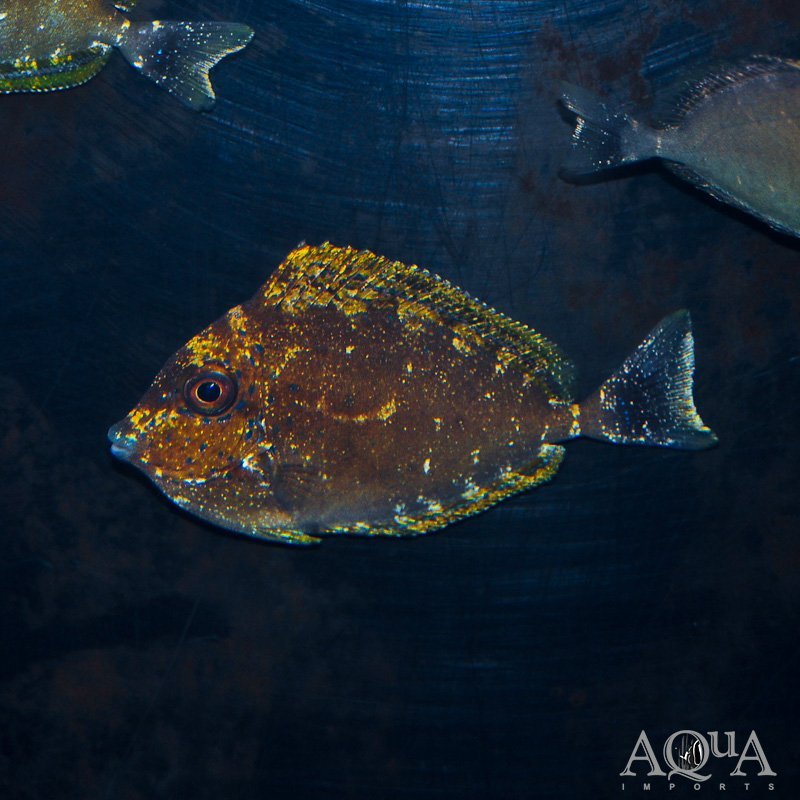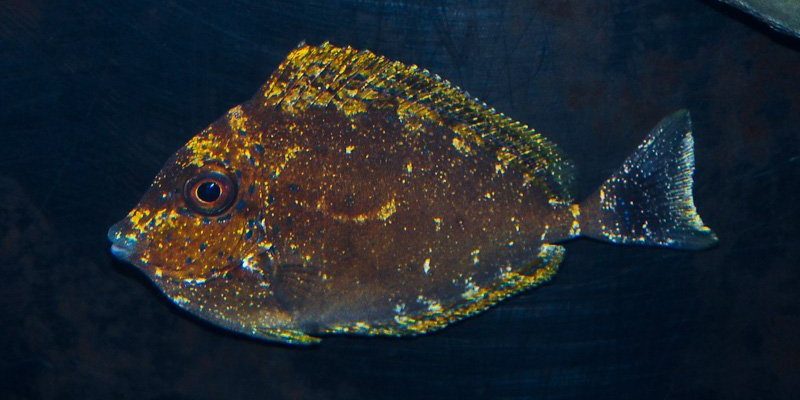
Imagine you’re in a massive, crowded mall. You need to navigate through the throngs of people while also keeping an eye on your friends. This is somewhat akin to what Vlamingii Tangs experience in their expansive coral reef habitats. They use a mix of physical cues, visual signals, and even body language to make sense of their surroundings. Let’s dive deeper into how these stunning fish navigate their environment and communicate with one another.
Understanding the Vlamingii Tang’s Habitat
The Vlamingii Tang, or *Zebrasoma veliferum*, primarily resides in the coral reefs of the Indo-Pacific region. These fish are often found in shallow waters, where the reefs provide shelter and abundant food sources. The vibrant colors of the coral and the intricate formations of the reef present a complex landscape. Here, these tangs can display their skills for both navigation and communication.
These fish thrive in environments rich with resources, making it easier for them to find food and safety. Vlamingii Tangs often graze on algae and small invertebrates, using their sharp teeth to scrape off food from the rocks and coral. The interplay between their habitat and feeding behaviors shapes how they navigate their world. Think of it like a buffet: they know where to go based on the food available and the safe spots around.
Understanding their habitat is crucial for the Vlamingii Tang, not just for feeding but for socializing as well. The coral structures provide a space for these fish to establish territories, which can significantly impact their social interactions.
How Vlamingii Tangs Navigate Their Environment
Navigating in the underwater world is no small feat, especially in the complex labyrinth of coral reefs. Vlamingii Tangs rely on several techniques for navigation, making it easier for them to explore and find food. One of their primary tools is their excellent eyesight. These fish are equipped with keen vision that allows them to spot potential threats or food even from a distance.
Another critical aspect of their navigation is their understanding of *landmarks*. Just as we remember the way to our favorite coffee shop by recognizing street signs and buildings, Vlamingii Tangs use coral formations and water currents as guides. This helps them remember where to find food, where to hide from predators, and even where to meet other Tangs.
On top of their visual skills, Vlamingii Tangs also seem to have an innate sense of the water currents. They can detect changes in the water flow and use this information to navigate. Imagine feeling a cool breeze and knowing it’s coming from the ocean; these fish can sense similar shifts that help them find their way around the reef.
Communicating Through Body Language
Just like humans, Vlamingii Tangs have their own ways of communicating. Since they spend a lot of time around each other, being able to send and receive signals is essential. One of the most common ways they communicate is through *body language*.
Vlamingii Tangs often use their fins and body movements to express emotions or intentions. For example, if one Tang feels threatened, it may display more vibrant colors or change its body posture to signal alarm. This is akin to a dog raising its hackles or a person crossing their arms in discomfort.
In social settings, these fish will also engage in playful actions, like chasing one another or darting around the coral. This not only helps them establish relationships but also allows them to demonstrate their fitness to potential mates. Think of it as a dance—a performance that showcases their agility and health.
Visual Signals and Color Changes
In addition to body language, Vlamingii Tangs can change color to communicate with each other. These color changes can indicate a range of emotions or statuses—from aggression and warnings to mating signals. For instance, a Tang may darken its colors when feeling threatened, sending a clear message to others that it’s time to back off.
Color changes can also play a role in attracting mates. During courtship, male Vlamingii Tangs may display brighter hues to show off their health and vitality. This display is vital for finding a partner in the crowded and competitive world of coral reefs. It’s like wearing your best outfit to impress at a party!
Additionally, these fish may engage in “dudefish,” a behavior where they swim in a particular pattern while showing off their colors. This not only communicates to potential mates but also alerts rivals about their presence.
The Role of Social Structure in Communication
Vlamingii Tangs often form schools, a social structure that allows them to navigate together and communicate more effectively. Within these groups, you’ll frequently see interactions that help solidify bonds among the fish.
A school of Vlamingii Tangs operates much like a team. They coordinate their movements to avoid predators and maximize foraging efficiency. Social interactions within the group are important; they can use various signals to maintain harmony and establish hierarchies among their peers.
When one Tang in the group finds food, you might see others follow. They often mimic each other’s movements, which helps reinforce their social structure. It’s a little like friends at a buffet, encouraging one another to try different dishes!
Challenges of Communication in Turbulent Waters
Despite their sophisticated communication methods, Vlamingii Tangs face challenges when navigating and interacting in turbulent waters. Changes in water currents can sometimes disrupt their ability to relay signals effectively. When waters get choppy, the visibility decreases, making it harder for these fish to see one another and communicate.
In these situations, Vlamingii Tangs rely more heavily on their *instinctual behaviors*. For example, they might swim closer together to ensure they can maintain contact. It’s a bit like huddling together with friends during a storm; it helps them feel secure and connected even when conditions are tough.
Additionally, predators can create even more chaos in the water. If a predator is nearby, Vlamingii Tangs have to make quick decisions about when to flee or when to alert their friends. Their ability to stay calm and coordinated under pressure is critical for survival.
The Vlamingii Tang is more than just a pretty face in the underwater world. With its keen navigation skills and unique communication methods, it plays a vital role in the complex tapestry of marine life. From using visual cues and body language to forming social groups and adapting to challenging conditions, these fish showcase remarkable intelligence and adaptability.
Understanding how Vlamingii Tangs navigate and communicate helps us appreciate the delicate balance of marine ecosystems. So, the next time you spot one of these colorful fish gliding gracefully through the coral, remember the intricate dance of interactions happening just below the surface. Their world is a captivating blend of strategy and beauty, reminding us that even in nature, there’s always more than meets the eye.

